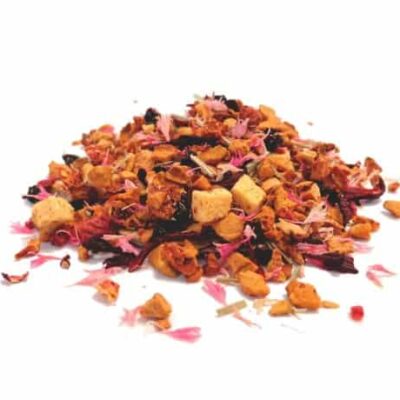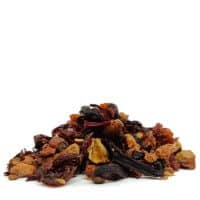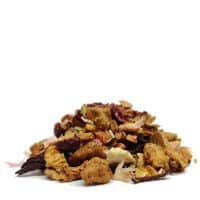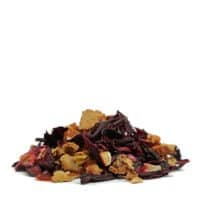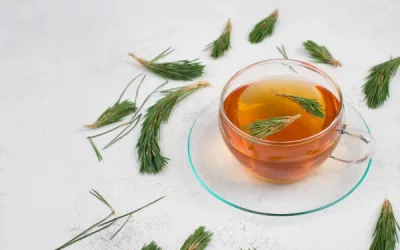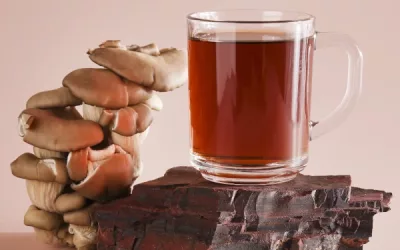Moroccan mint tea, a blend of green tea, fresh mint, and sugar, embodies hospitality and tradition. Discover the art of brewing this refreshing beverage to enhance your culinary repertoire and experience Moroccan culture at home.
Organic
FREE SHIPPING
For purchases over 599 kr.
Delivery
2 - 5 business days
Organic teas
Eco-friendly packaging
Missing your favorite?<br /> (Tip us)
Describe your tip
What is hibiscus tea?
Hibiscus is known for being large colorful flowers that grow on a plant.
These flowers can make a great decorative effect for any home or garden, but are also great in tea.
Hibiscus flowers come in many colors.
They can be red, yellow, white or peach-colored and can be up to 15 cm.
in diameter.
The most popular variety is Hibiscus sabdariffa.
The red flowers of this variety are most commonly grown for medicinal purposes and are available as a dietary supplement.
Hibiscus tea, also called ‘sour tea’ due to its bitter notes in flavor, is made from a blend of dried hibiscus flowers.
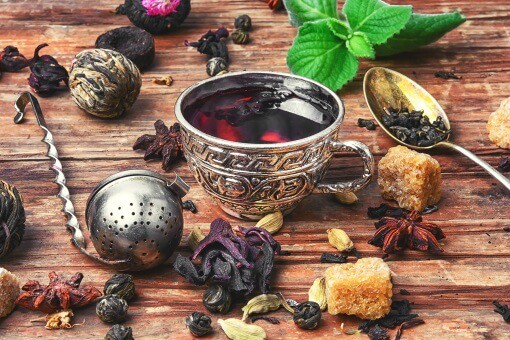
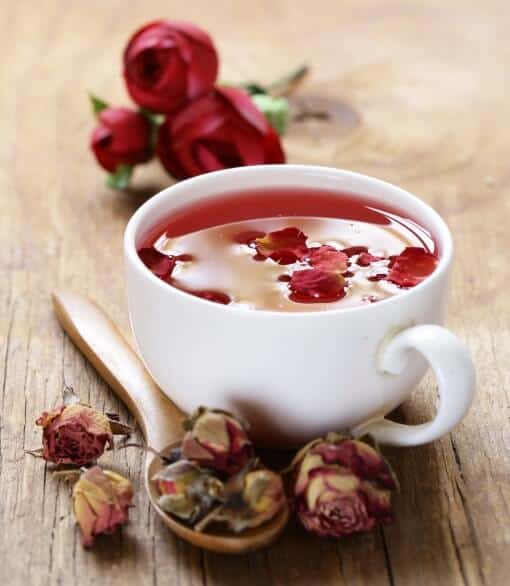
Historical usage
Hibiscus has historically been used by different cultures as a remedy to relieve several different symptoms.
The Egyptians used hibiscus tea to reduce fever, treat heart and nervous disorders, and as a diuretic to increase urine production.
In Africa, tea was used to treat constipation, cancer, liver disease and flu symptoms.
Likewise, paper made from the leaves was used as bandages to heal wounds.
Today, hibiscus is popular for its potential to reduce high blood pressure. Modern studies show promising signs that both hibiscus tea and hibiscus plant extract can help lower blood pressure and cholesterol levels.
Another recent study found that hibiscus extract may have an effect on the prevention of obesity and fat build-up in the liver.
However, there is still more research to be done before we can say whether this is actually the case.
So for now, it’s an exciting plant with a rich history and a great ingredient for a tasty tea.
A universe of tea
the ultimate guide to pine needle tea: benefits, preparation, and safety
Pine needle tea offers numerous health benefits, including high vitamin C content and antioxidant properties. Learn how to safely prepare this invigorating herbal infusion while foraging for fresh pine needles.
everything you need to know about mushroom tea: benefits, preparation, and types
Mushroom tea offers potential health benefits, including enhanced immunity and reduced anxiety. Made from various mushrooms, it can be brewed easily at home, appealing to herbal tea enthusiasts and those exploring alternative health remedies.
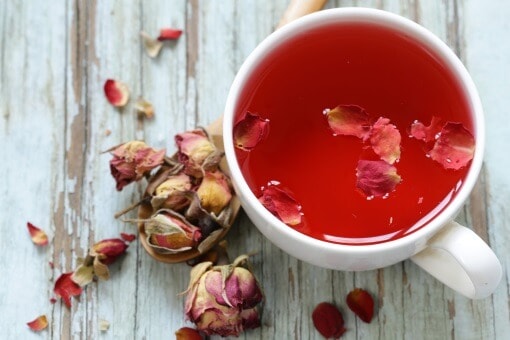
How does it taste?
Hibiscus tea made from fresh or dried flowers creates a flavorful, deep red, pungent tea that can be consumed both hot and cold.
The leaves and the dome-like part of the plant’s center have many uses besides tea, as they are also used for other purposes.
Hibiscus flowers are also used in food in various countries around the world.
They are considered culinary vegetables and are added to various traditional recipes, and are even made into candy in certain cultures.
The leaves are cooked, as with vegetables, and are either mixed with legumes or enjoyed as a side dish.
Like the red flowers, they can be steamed, fried or made into soup, added to curry, chicken dishes.

